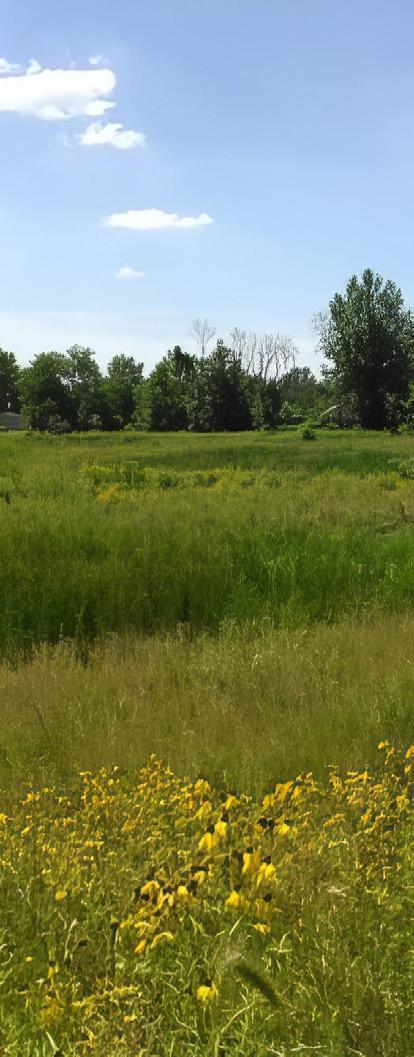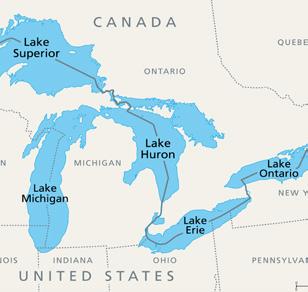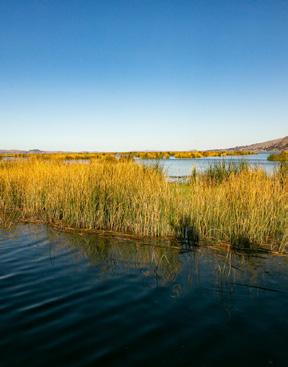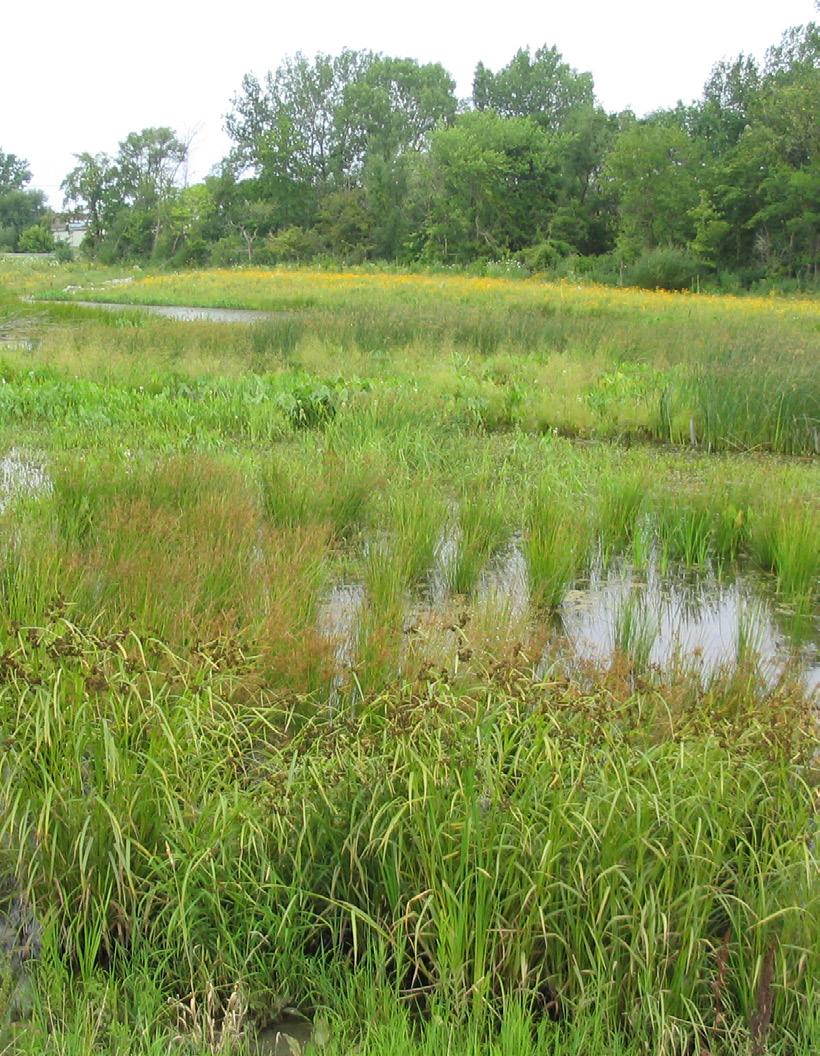REVISED WATERS OF THE UNITED STATES DEFINITIONS

Summary of definitions by V3 Companies.
The revised definition becomes effective on September 8, 2023.


Summary of definitions by V3 Companies.
The revised definition becomes effective on September 8, 2023.
On May 25, 2023 the U.S. Supreme Court issued its decision in Sackett v. USEPA concerning Federal jurisdiction of wetlands and waters of the United States, which placed all Approved Jurisdictional Determinations on hold. On September 8, 2023, the amendment to the “Revised Definition of ‘Waters of the United States’”, in response to the Sackett decision, was published in the Federal Register, and became effective immediately.

01 02 03
The five categories THAT qualify as jurisdictional “Waters of the United States” under the revised definition
Areas that ARE NOT jurisdictional “Waters of the United States”
Definitions that have been finalized
Under the revised definition the following five categories qualify as jurisdictional
“Waters of the United States”:
1 2 3 4 5
Navigable waters; the territorial Impoundments of these waters;
Tributaries of navigable waters, waters that are relatively bodies of water;
Interstate lakes and ponds, standing or continuously flowing connection to the waters identified

territorial seas; or interstate waters; waters; waters, the territorial seas and interstate permanent, standing or continuously flowing
Wetlands adjacent to the following waters:

a) Navigable waters; the territorial seas; or interstate waters;
b) Relatively permanent, standing or continuously flowing bodies of water, and with a continuous surface connection to those waters; ponds, not identified above that are relatively permanent, flowing bodies of water, and with a continuous surface identified in items 1-4 above.

The following areas ARE NOT jurisdictional “Waters of the United States”:
1 2 3 4 5 6 7
Waste treatment systems;
Prior converted cropland;
Ditches, including roadside ditches, excavated wholly in and land and that do not carry a relatively permanent flow of
Artificially irrigated areas that would revert to upland should irrigation water to that area cease;
Artificial lakes and ponds created by excavating or diking retain water;
Water-filled depressions created in dry land incidental to and pits excavated in dry land for the purpose of obtaining unless and until the construction or excavation operation resulting body of water meets the definition of waters of Swales and erosional features (e.g., gullies, small washes) volume, infrequent, or short duration flow.
and draining only dry water;
should application of dry land to collect and construction activity obtaining fill, sand, or gravel is abandoned and the the United States; and
characterized by low


As many of you are aware, the US Army Corps of Engineers (USACE) has not processed or issued Approved Jurisdictional Determinations (AJD) since March of 2023. With the publication of the new “Waters of the US” definitions, AJDs are expected to resume immediately.
The following definition has been revised:
ADJACENT means having a continuous surface connection.


